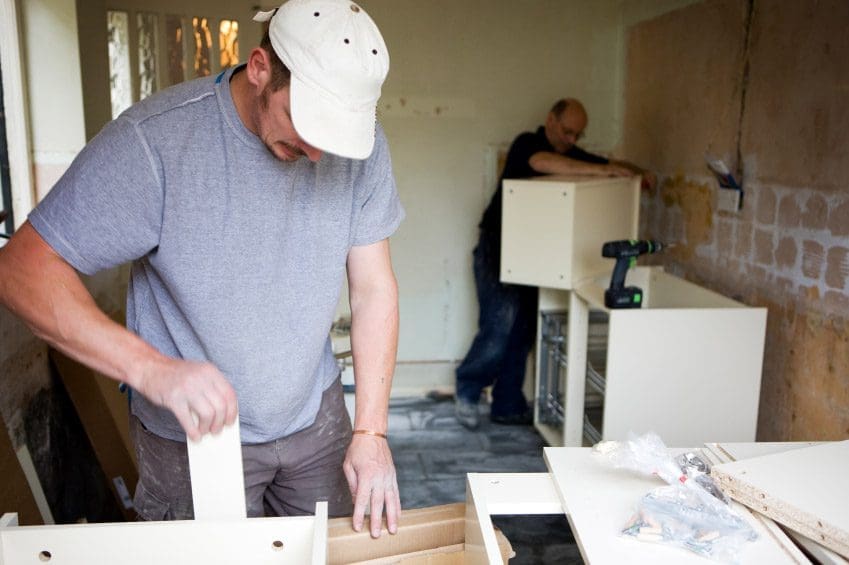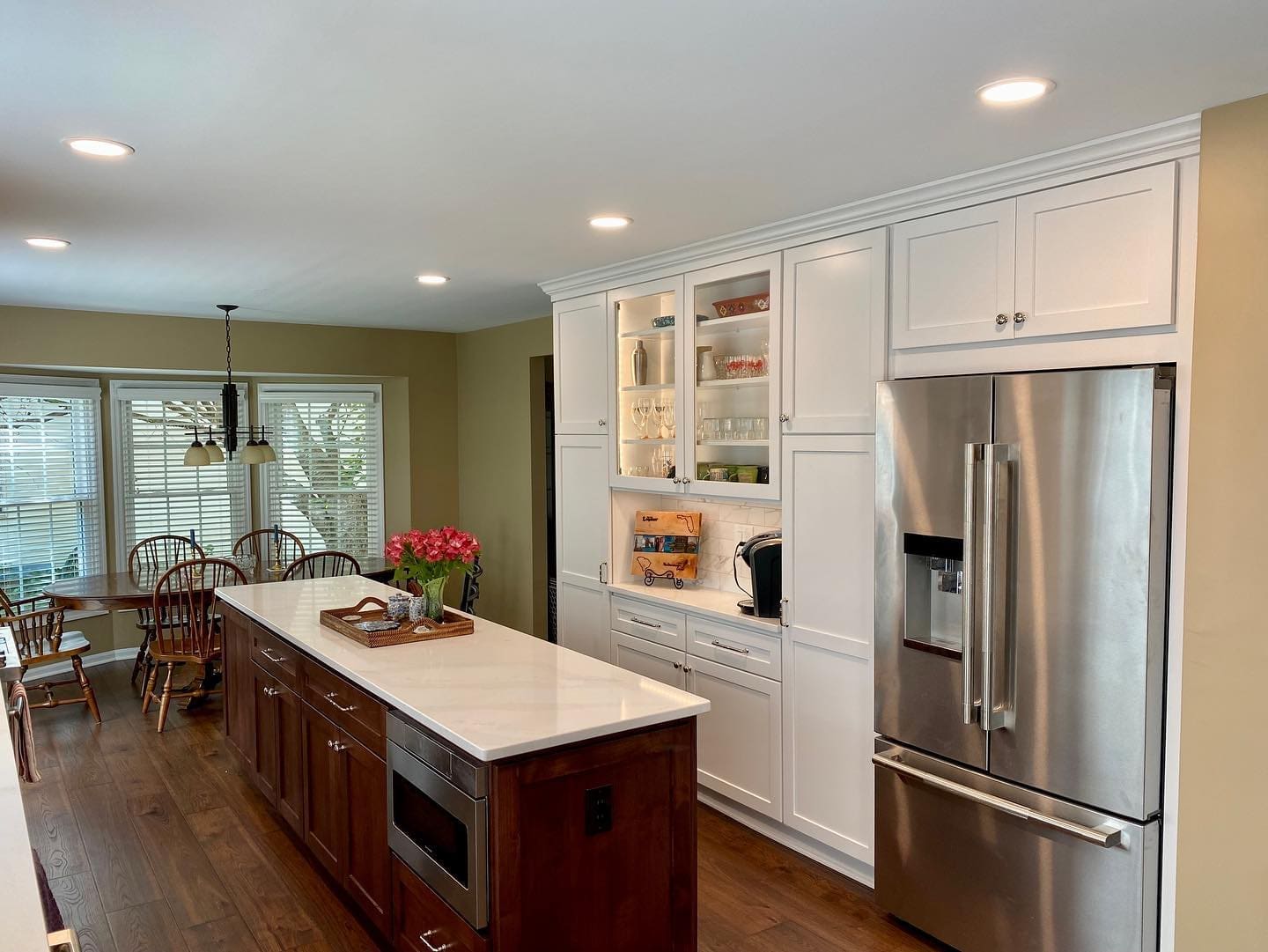How Safe Is Your Washington D.C. Kitchen?
Whether you’re designing a kitchen in a new home and getting a fresh start or if you’re completely revamping the one that you own, now is a perfect time to integrate a few safety features into that new space. Not only should you be thinking about incorporating some simple safety components in your new Washington D.C. kitchen, but you should also begin to start getting into a few habits that will alleviate some safety concerns and preserve this beautiful room that you’ve created.
The most common preventative measures with regards to safety in a kitchen generally have to do with two major threats: fire, electrical. While these are not the only concerns, they do pose the most significant threat as the failure to attend to them appropriately could translate into preventable human tragedy as well as damage or loss of the entire home structure. So, needless to say, “an ounce of prevention…” goes a long way!
Kitchen Electrical Safety Concerns
Start by understanding that the kitchen, your kitchen, is ‘power central’. There is no other room in the home that has more electrical sources or uses; and add to that that there are major electric-drawing appliances plugged-in all the time. So, the first smart thing to do is have the electrician install GFI outlets throughout the entire kitchen. Yes, the main circuit breaker or fuse panel will likely interrupt the current flow if a problem arises, but these GFIs do it immediately and at the source. Most building codes require them at points and positions that may get splashed; but, why take any chances with other outlets in the kitchen? The pennies, or few dollars incurred are well worth it! Never ‘overload’ a single outlet by using one of those ‘multi-plug’ devices!
Oftentimes, with more ‘antique’ homes, the homeowner is faced with the choice of adjoining contemporary wiring with antiquated wiring at a junction box or paying an electrician a few hundred dollars more to run all new service wiring to the panel. Why take the chance? Spend that extra and dismiss the worries of whether or not the old wires will be able to handle the load.
If you inherited your grandmother’s light fixtures or you found some antiques at a local yard sale–either of which will go perfect with your new kitchen theme–terrific! Now, before you have the electrician install them have him, or her, test the fixture to make sure it can tolerate the contemporary load (amps); and, if not, have the electrician ‘modernize’ the guts of the fixture for you.
Preventing and Putting Out Kitchen Fires
There’s probably nothing more frightening than having unwanted flames sprout in your kitchen cooking area, regardless of how small they might be. Inasmuch as they are primarily caused by the ignition of cooking oil, grease or flaming sugars, such fires don’t respond to the fireman’s best friend: water. In your new kitchen, include the purchase of a fire extinguisher; and make sure that it’s one that’s rated for grease related fires. Mount this extinguisher discreetly and near the cooking area (inside a cabinet door is a great place to conveniently hide them). Also, keep a couple boxes of standard-issue baking soda near the cooking area as this is a terrific product for dousing small fires as well.
Other Precautions
- Avoid wearing ‘excessively’ loose clothing while cooking–especially with exposed flame gas cooking appliances.
- Have a smoke alarm installed in the kitchen on the opposing end of the cooking source.
- Integrate adequate exhaust systems into the cooking area and be diligent about keeping these filters and fans free of grease build-up.
- Wipe-off grease spills from cooking surfaces after the unit has cooled; and be religious about keeping your oven free of spill build-up as well.
- Cutlery blocks may be displayed, but make sure that little fingers can’t reach them!
Whether you’re remodeling a Washington D.C. kitchen or designing a kitchen for a new Washington D.C. home, kitchen safety should always be a top priority, just as it should be while you’re working in your kitchen as well.






